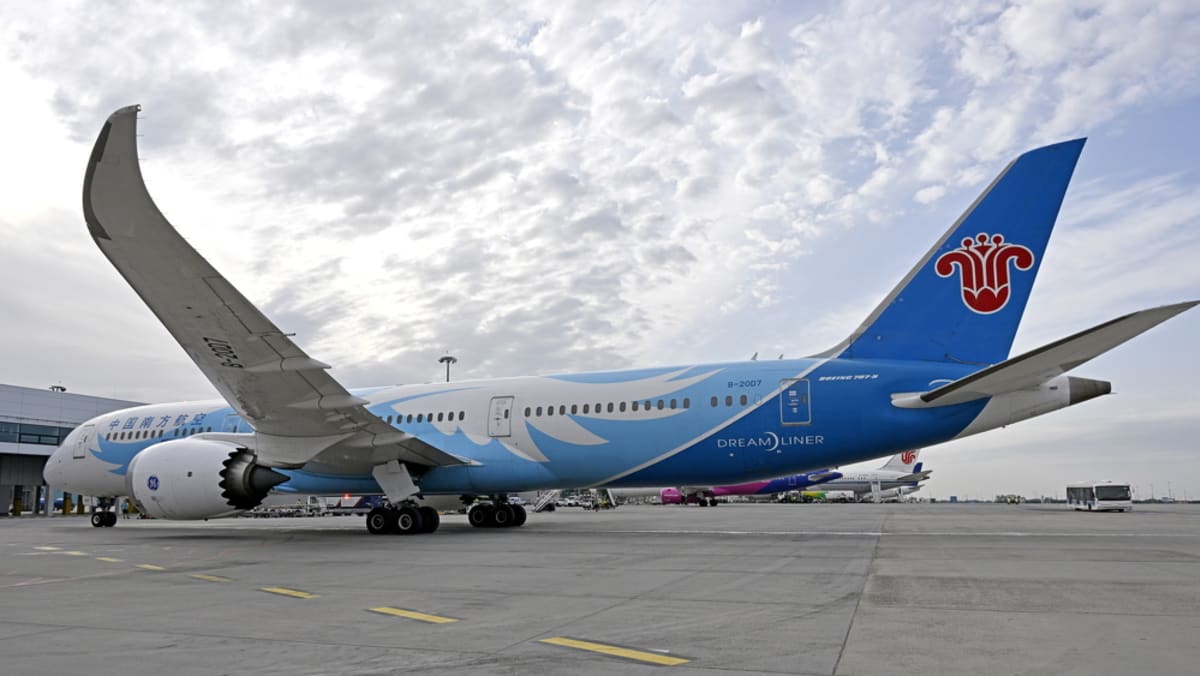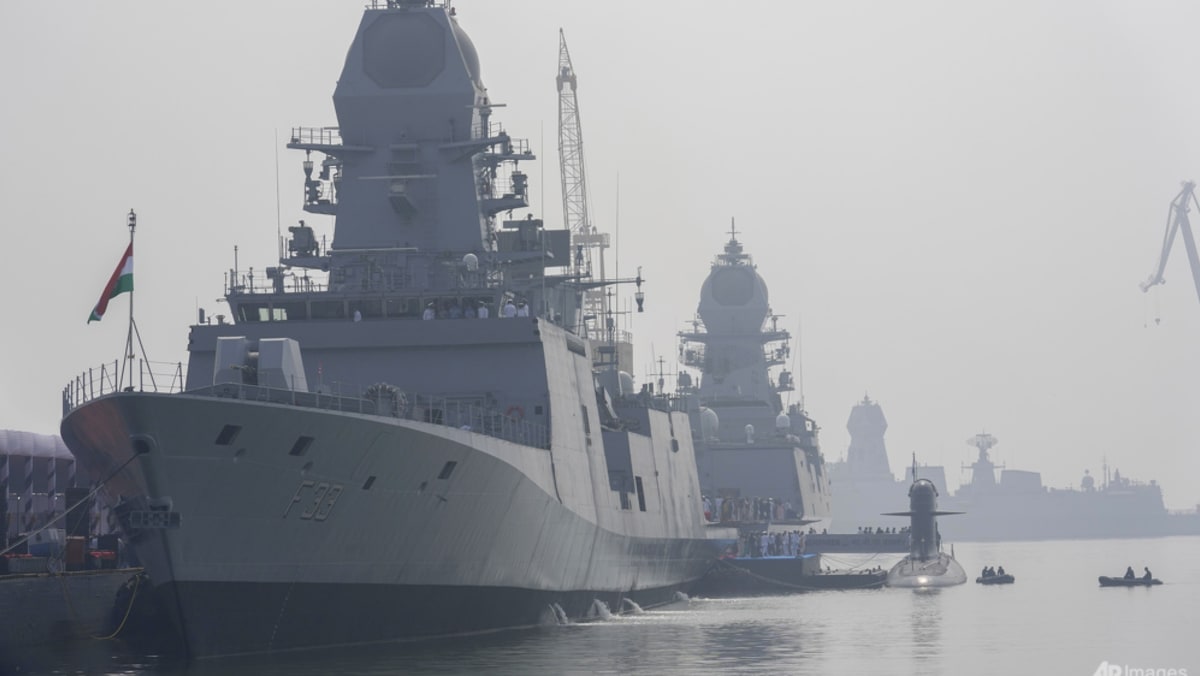In the third quarter of last year, the Civil Aviation Administration of China (CAAC) approved several new routes to European cities for China’s major airlines. These include services to Bucharest, Dublin, Edinburgh, and Geneva.
This expansion builds on other route additions in the same period, such as Air China’s Chengdu-Milan service, China Eastern Airlines’ direct flight from Shanghai to Marseille, and China Southern Airlines’ Guangzhou-Budapest route.
Chinese airlines now dominate the China-Europe route market, according to industry data.
Between Nov 27 and Dec 3, a total of 855 flights were operated between China and Europe, reflecting a 21.6 per cent increase year-on-year, as reported by aviation data platform DAST.
Notably, over 84 per cent of these flights were operated by Chinese carriers, a significant rise from approximately 60 per cent in 2019.
DIFFERING ACCESS TO RUSSIAN AIRSPACE
Uneven access to Russian airspace has been the primary driving factor of European airlines retreating while Chinese carriers fly high, observers note.
Russia barred European airlines and a host of other carriers from its airspace in Feb 2022 in a retaliatory response to sanctions over its invasion of Ukraine. Nearly three years on, the world’s largest country by land mass effectively remains a no-fly zone for European airlines.
This has forced them to take lengthy and costly detours, significantly increasing flight times and operational expenses. In contrast, Chinese carriers are still permitted to fly over Russia, attaining a competitive advantage.
Before the invasion, Scandinavian Airlines flights from Shanghai to Copenhagen typically took around 11 hours. Following the rerouting, its final flight in November stretched to over 15 hours.
As European airlines take the long way around, it also risks overcrowding airspace in other sectors, which could lead to flight delays and added operational costs, highlighted Bloomfield from Propelo Aviation.
“If you want to go from Europe to Southeast Asia, for example, you go into India or the Middle East, generally flying across Turkey, through the Caucasus, and then around,” he explained.
“When all the airlines are flying the same way, it’s (manageable) today, but you could eventually face capacity issues. If you were to add flights, from Beijing for example, heading south to join that stream, it would further contribute to the congestion.”
There is usually an optimal flight path and level for fuel efficiency, Bloomfield pointed out. If airspace capacity nears its limits, planes might be asked to adjust their speed or route, potentially impacting flight times and fuel burn.
However, as the Chinese airlines currently route over Russia and concurrently there is a reduction by European carriers to and from China, the current situation may arguably have reduced those effects. In any case, there is a limit to how frequently airlines from either region can operate, Bloomfield noted.
Against this backdrop, European airlines face an uphill task in maintaining their routes to China, especially as their Chinese rivals increasingly step out from the wings.
European carriers will lose money because the Chinese airlines have “so much” capacity and are “very aggressive” with their prices, noted Sobie from Sobie Aviation.
“This is further exacerbated by the fact that the (European) carriers have longer flights. European carriers just cannot sustain flights into China in that environment, it’s pretty obvious.”
At the same time, analysts have questioned whether Chinese airlines can sustain their presence in the European market, especially as passenger demand remains uncertain.
According to the earnings reports of Air China, China Eastern Airlines and China Southern Airlines – China’s “big three” carriers – the trio’s average revenue from international routes fell by approximately 30 per cent year-on-year in the first half of 2024.












